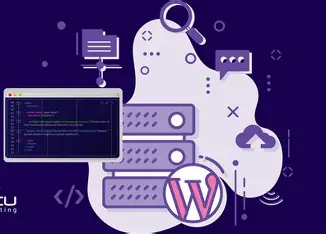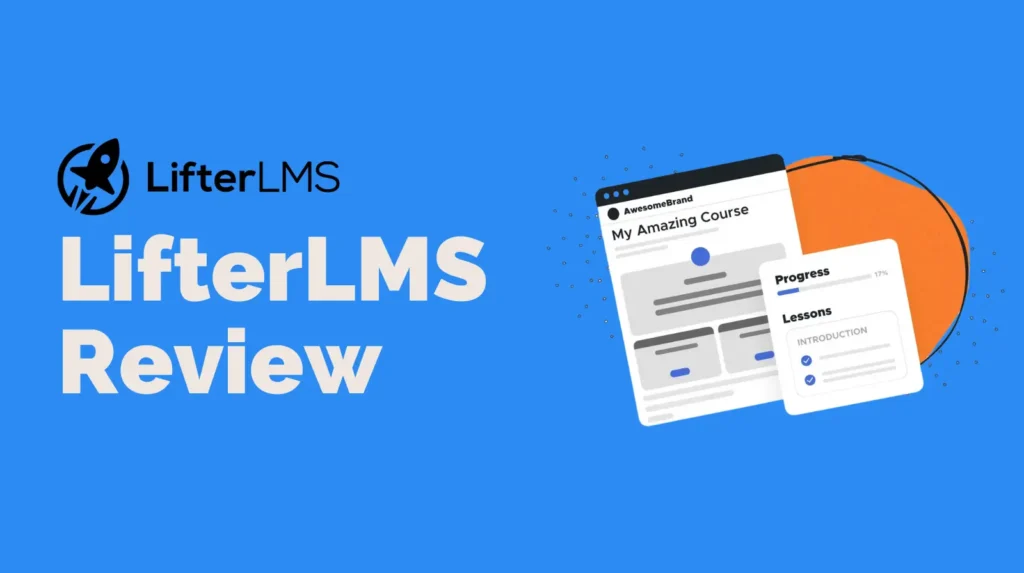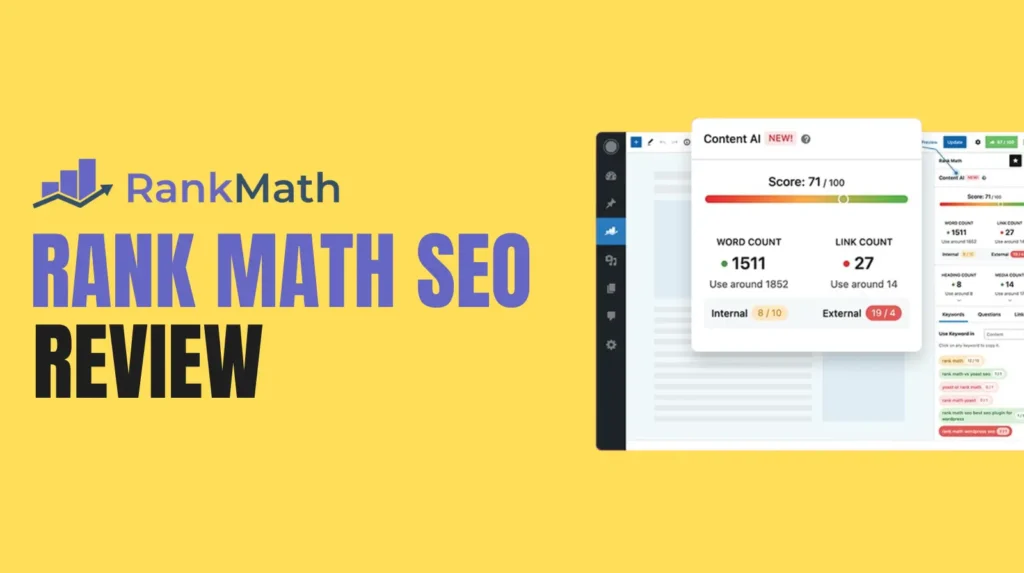If you’ve ever wished your WordPress website could load faster and deliver a smoother experience to your visitors, you’re not alone. Website speed is one of the key components of user satisfaction and SEO success. This is where speculative loading enters the picture as a powerful technique to improve WordPress performance.
But what exactly is speculative loading What does it do And how can you implement it effectively on your WordPress site without complicating things
This guide will walk you through everything you need to know about speculative loading and how it can supercharge your website’s speed and efficiency. We’ll keep things beginner friendly and give you clear and actionable tips along the way
What is Speculative Loading
Speculative loading is a browser optimization technique that helps preload certain resources before they’re actually needed. It relies on predicting what a user is likely to do next on a website and fetching those assets in advance. This includes things like scripts images stylesheets or even entire pages
In simple words when speculative loading is implemented the browser starts loading content that you might click next before you actually do. This means that when you finally take action the resources are already loaded or partially loaded resulting in near instantaneous load times
For WordPress site owners this can dramatically improve WordPress performance without needing a complete overhaul of the theme or plugins
How Does Speculative Loading Work
When a user visits a webpage the browser reads the HTML and starts rendering the page. Normally it loads assets like CSS JavaScript and images only when they are needed. But with speculative loading the browser also starts fetching resources that are linked or likely to be clicked next
For example if your page has links to an article or a contact form the browser can preload those links based on the user’s behavior. This allows faster transitions when a user navigates through your WordPress site
It’s like preparing coffee for someone before they even ask for it. When they finally do it’s already ready
Why Speculative Loading Improves WordPress Performance
Using speculative loading improves WordPress performance by reducing the time it takes to serve content after a user interaction. Let’s look at the core benefits
Faster Page Loads
Speculative loading significantly reduces perceived load times because some or all of the content is already downloaded before the user clicks a link
Better User Experience
Faster navigation keeps users engaged and less likely to leave your site due to slow loading
SEO Boost
Since Google considers page speed as a ranking factor speculative loading can indirectly boost your SEO performance
Lower Bounce Rates
Quick loading content improves user retention and reduces bounce rates
Types of Speculative Loading in WordPress
There are several ways to implement speculative loading on your WordPress website. Each method focuses on improving WordPress performance through intelligent resource preloading
Preload
This tells the browser to preload specific resources such as fonts images or scripts early in the page load process. You can use it for files that are critical for initial rendering
Prefetch
Prefetching is used to fetch resources that might be needed soon such as a JavaScript file required for a next page interaction. It is useful for cross origin assets as well
Preconnect
This method establishes early connections to third party servers like Google Fonts or CDNs. It reduces the delay caused by DNS lookups or TLS negotiation
Prerender
Prerendering is more aggressive. It fully loads and renders an entire page in the background so it’s ready the moment a user clicks
How to Implement Speculative Loading in WordPress
You don’t need to be a developer to add speculative loading techniques to your WordPress website. Here’s how you can get started
Using Plugins
The easiest method for beginners is using a plugin. Plugins like Flying Pages Perfmatters or Pre Party Resource Hints offer user friendly settings to enable speculative loading without coding
Flying Pages Plugin
Flying Pages preloads pages before the user clicks based on their hover behavior. It is lightweight and effective for boosting WordPress performance
Perfmatters Plugin
Perfmatters allows you to manage performance optimizations including preloading prefetching and delaying scripts
Pre Party Resource Hints
This plugin lets you add custom hints like preload prefetch and preconnect without editing your theme files
Manual Implementation
If you’re comfortable editing your theme files you can add speculative loading manually by inserting tags into the head section of your HTML
Here’s an example of preloading a font
htmlCopyEdit<link rel="preload" href="fonts/my-font.woff2" as="font" type="font/woff2" crossorigin="anonymous">
Or prefetching the next blog post
htmlCopyEdit<link rel="prefetch" href="https://example.com/next-post">
This gives you more control but requires careful planning
Best Practices for Speculative Loading in WordPress
To maximize the benefits and avoid issues follow these best practices
Preload Only Critical Assets
Overusing preload can backfire and delay other important resources. Only preload assets that are critical for the initial page load
Monitor Performance Impact
Use tools like Google PageSpeed Insights GTmetrix or Lighthouse to evaluate your site before and after adding speculative loading
Avoid Over Prefetching
Prefetching too many resources may waste bandwidth and lead to slower performance especially on mobile networks
Combine with Caching
Speculative loading works best when combined with browser caching and server level caching for optimal WordPress performance
Common Mistakes to Avoid
Even though speculative loading is beneficial incorrect implementation can harm performance. Be aware of these mistakes
Blindly Prefetching Everything
Not all pages need to be prefetched. Focus on high traffic or highly probable next pages
Overuse of Prerender
Prerendering is resource intensive and should be used sparingly especially on shared hosting environments
Ignoring Mobile Optimization
Speculative loading should be tailored for mobile users who may be on slower networks
Tools to Help with Speculative Loading
Several tools can help monitor and test your implementation of speculative loading to ensure it positively impacts WordPress performance
Lighthouse
Lighthouse audits your site and gives recommendations about resource loading and rendering
WebPageTest
This tool helps visualize resource loading waterfalls and track improvements in loading behavior
Chrome DevTools
Use the network tab to see what resources are being preloaded or prefetched
Combining Speculative Loading with Other Performance Techniques
While speculative loading is effective it’s most powerful when used with other performance strategies
Lazy Loading
This ensures images and videos only load when they enter the viewport reducing initial load time
CDN Usage
Using a CDN along with speculative loading helps deliver preloaded assets faster from nearby servers
Minification and Compression
Minify JavaScript CSS and HTML to reduce file size and speed up rendering along with preloading
Hosting Optimization
Even the best loading strategies won’t help if your hosting is slow. Choose optimized WordPress hosting for best results
When Should You Use Speculative Loading
Here are ideal use cases for speculative loading
Blogs with high internal linking
Ecommerce sites with product suggestions
Portfolios with navigation heavy structures
News websites with related article links
If your website structure encourages exploration speculative loading can play a key role in improving WordPress performance
Future of Speculative Loading in WordPress
With increasing emphasis on performance and core web vitals speculative loading is expected to become even more relevant. WordPress core and browser engines are already adopting smarter loading strategies
The future might bring AI powered predictive loading based on real time user behavior and deeper CMS integration
Final Thoughts
Speculative loading is a game changer for improving WordPress performance. Whether you’re running a personal blog or a business site adding speculative loading can lead to faster interactions happier users and better SEO
While it is not a magic wand it is a powerful addition to your performance toolkit. Implement it wisely using plugins or manual methods and combine it with other best practices for maximum impact
Faster websites win hearts and ranks. And speculative loading brings you one big step closer to that goal.








